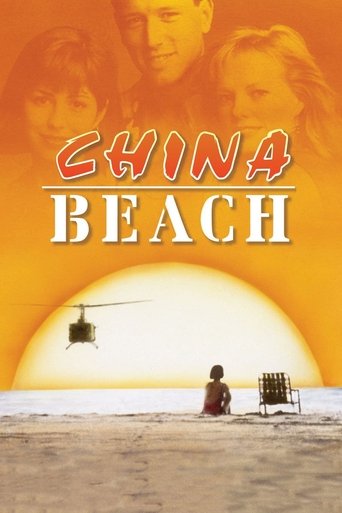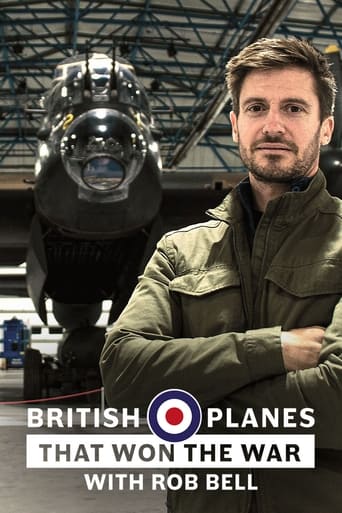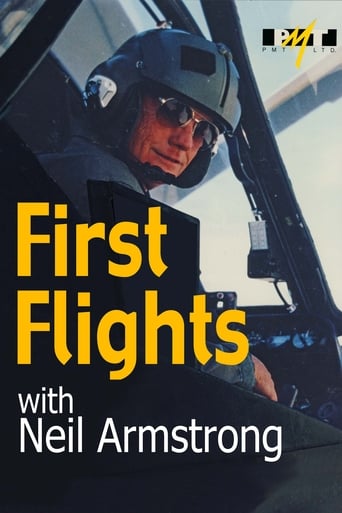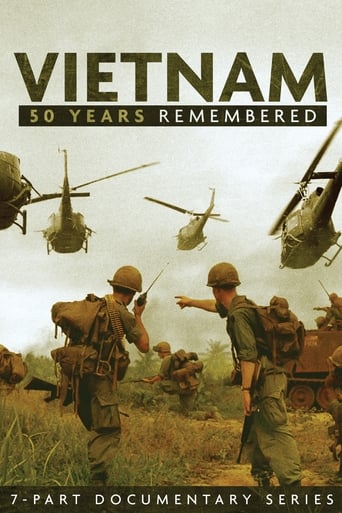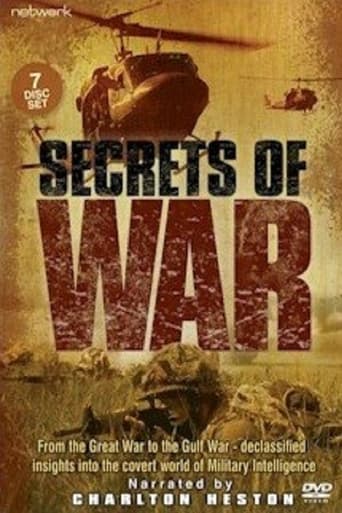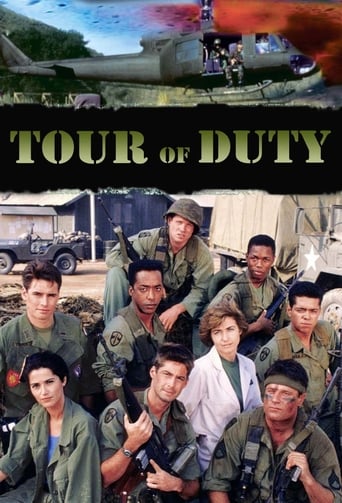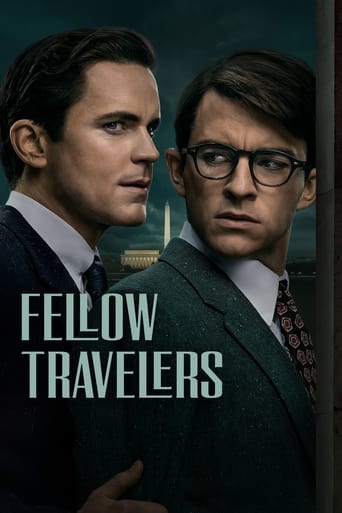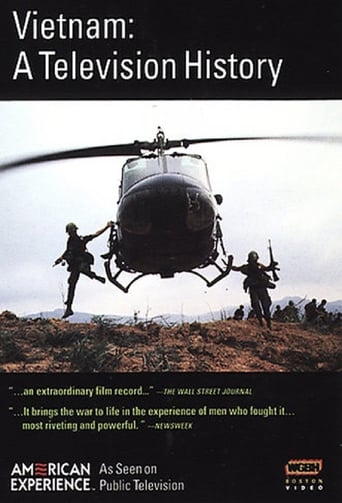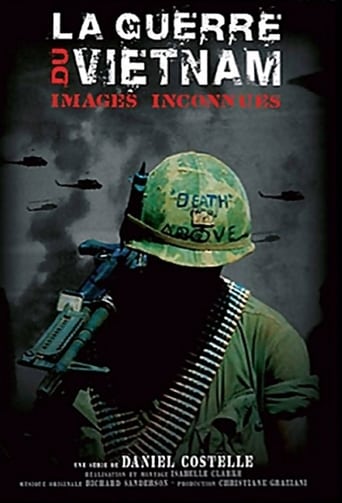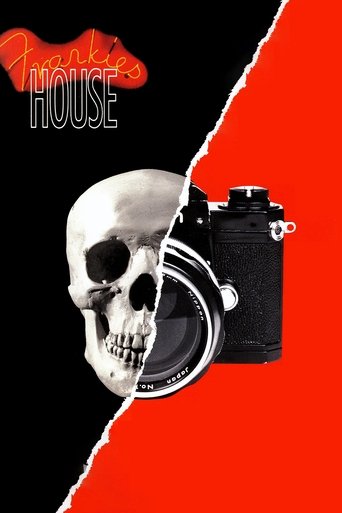
Wild Weasels
The constant threat to all American aircraft missions was the Russian built missile known as SAM, which employed various levels of sophistication. One counter action taken was the Wild Weasel mission: Weasel pilots would fly ahead of other aircraft, exposing themselves to enemy radar lock-on, so the Shrike missile they carried could use the same signal to target enemy ground-base, and thereby clear the way. The fascinating legend of Wild Weasel has never been told before today.
Country:
Language:
Runtime:
Season 1:

High technology did not play the major part in Southeast Asia that may have been expected. Rather, it was back to basics, the guerrilla activity of the Viet Cong produced a need for low flying, slow speed, durable aircraft for the Counter-Insurgency or COIN role. The Air Force created Foward Air Controllers (FACs) to guide and control air strikes on enemy positions In the jungles of Vietnam, flying in their light propeller-driven aircraft - 0-1 Bird Dogs and 0V-2 Skymasters until the purpose-designed aircraft, the twin engine Bronco, was rushed into service.

Drawing on its first experiments with helicopters in Korea, the Army in Vietnam came to rely almost entirely on the helicopter for medical evacuation. The Dust Off and Medevac helicopter ambulance units tested and perfected for medical use the Army's new helicopler, the UH-1 ("Huey" Iroquois), and developed several new devices, especially the hoist, that helped save thousands of American and allied lives between 1962 and 1973. The pilots of these helicopter ambulances displayed a courage and devotion to duty that earned them widespread respect from soldiers in Vietnam.

Operation Rolling Thunder marked the first sustained American assault on North Vietnamese territory and thus represented a major expansion of U.S. involvement in the Vietnam War. In an effort to convince the North Vietnamese government to abandon its support of the insurgency in South Vietnam, President Johnson began a new bombing campaign in March 1965, known as Operation Rolling Thunder. Lasting from 2 March 1965 until 1 November 1968, Rolling Thunder was the longest bombing campaign in United States history. The massive Rolling Thunder offensive is recalled in interviews with the F-105 Thunderchief pilots, as well as Navy Yankee Station A-4 Skyhawk pilots.

One of the most unsung heroes of the Southeast Asian War were Winch Men. Lowered from large camouflage helicopters into the tropical foliage, these "Green Giants" rescued fallen American pilots from the cluthes of the Viet Cong. Each mission brought together new technology and human resourcefulness for one purpose: to "get the pilot out."

Benign aircraft has always proved useful for modification to the military. During the Southeast Asian War, such benign cargo planes were modified into some of the most extraordinary and destructive weapon systems of all time. The hastily improvised AC-47 "Spookies" roamed the night skies of South Vietnam, defending outposts against lethal enemy assaults with blazing fire from three side-mounted guns. The success of these makeshift gunships led to the creation of more sophisticated airborne predators, such as the AC-130.

In March 1965, U.S. air strikes into North Vietnam began. In April, the first dogfights took place. As the fighting grew into a major conflict, the air activity increased accordingly. At first the results were not encouraging for the U. S. Air Force. The most common problem found could be summed up in the words insufficient training and experience in air-to-air combat. But in 1972, when the "Top Gun" program improved the skills in aerial combat of USN Phantom pilots, and the F-4E appeared with a 20 mm built-in Vulcan cannon, could the US neutralize edge of the NVAF MiG-17, MiG-19 and MiG-21.

The constant threat to all American aircraft missions was the Russian built missile known as SAM, which employed various levels of sophistication. One counter action taken was the Wild Weasel mission: Weasel pilots would fly ahead of other aircraft, exposing themselves to enemy radar lock-on, so the Shrike missile they carried could use the same signal to target enemy ground-base, and thereby clear the way. The fascinating legend of Wild Weasel has never been told before today.

Not since World War II had bombers been employed in an operation of this scope. All previous air campaigns, including the initial Linebacker carried out in May-October 1972, were "limited," designed to interdict the overland routes by which the North resupplied its regular units and Viet Cong forces operating in South Vietnam. Linebacker II was to be different. The intent was to destroy all major target complexes in the Hanoi and Haiphong areas, using an all-weather force of heavy B-52s and smaller F-111 attack aircraft by night while tactical aircraft would continue to press daytime attacks. The campaign unfolded over the 12-day period of December 18-29, 1972. After 11 days of bombing, Hanoi was ready for peace negotiations.




